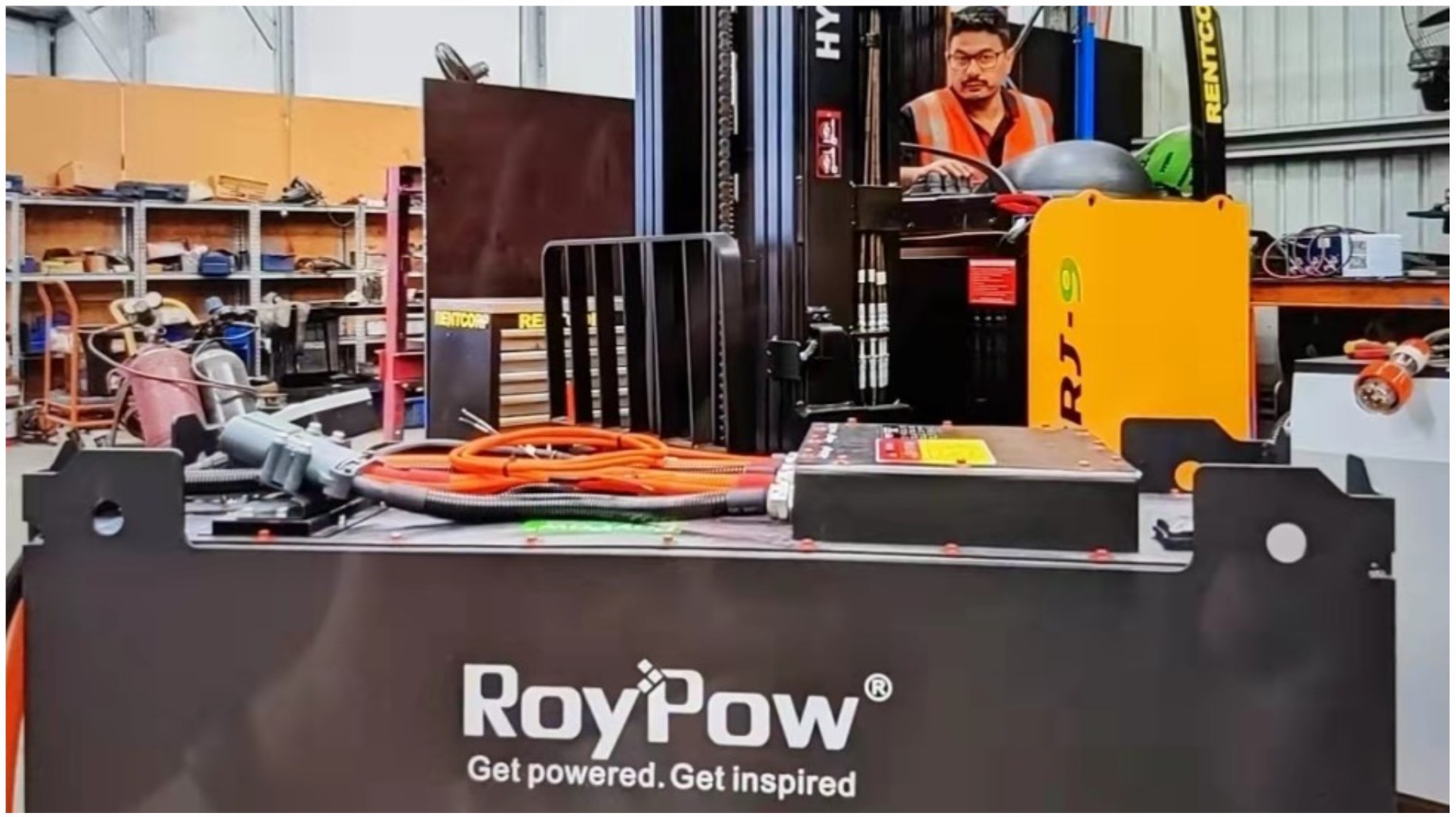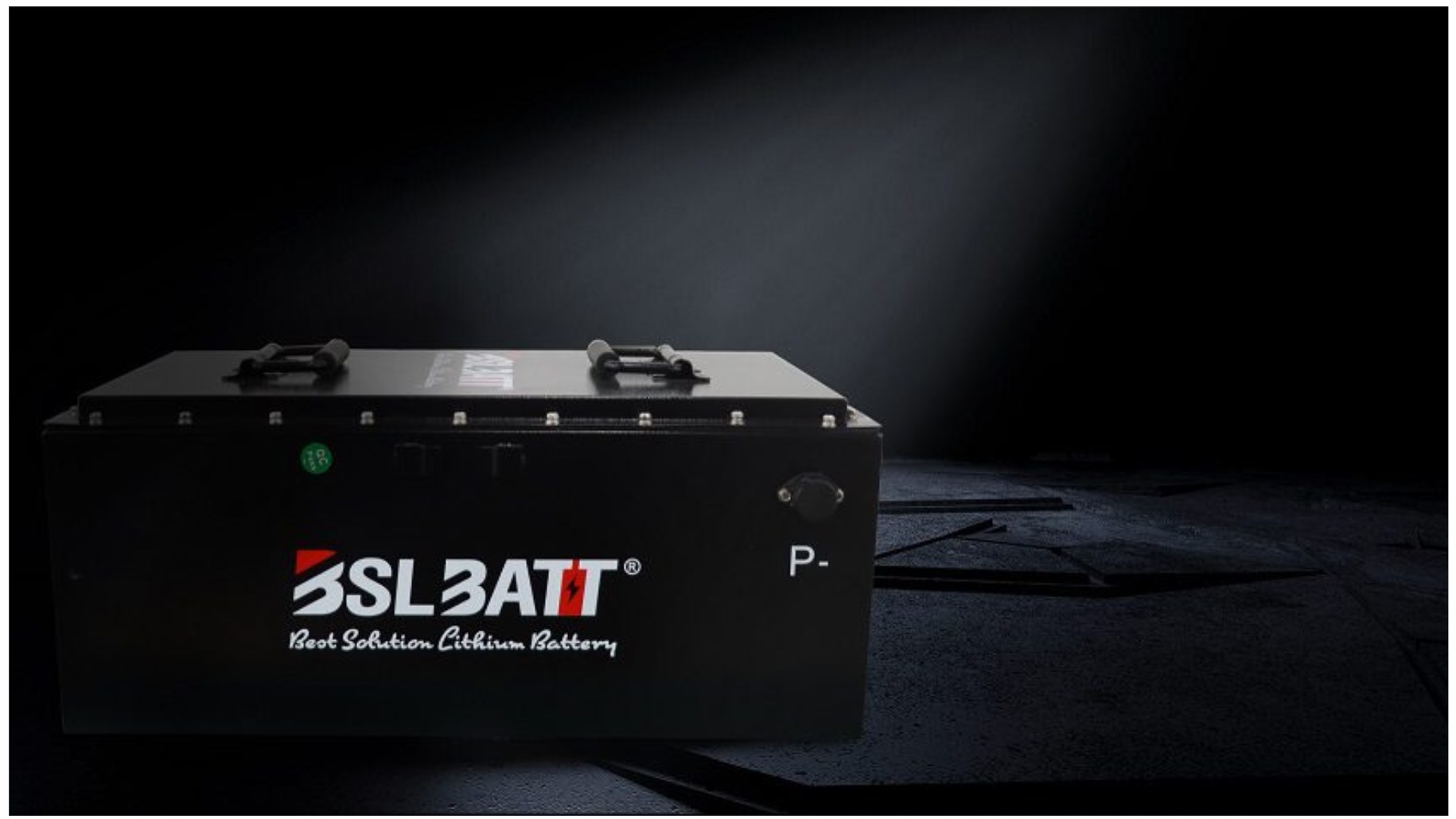The Evolution of Lift Truck Batteries: An In-Depth Analysis
The evolution of lift truck batteries has shifted from traditional lead-acid to advanced lithium-ion solutions, optimizing efficiency, runtime, and maintenance. Modern Li-ion batteries deliver longer service life, faster charging, and higher energy density, revolutionizing warehouse operations. Businesses now benefit from reduced downtime, lightweight designs, and environmentally friendly solutions, making Li-ion the preferred choice over conventional lead-acid options.
What Were the Limitations of Traditional Lead-Acid Batteries?
Traditional lead-acid batteries have been used for over a century due to reliability and low initial cost. They rely on lead plates submerged in sulfuric acid and water. However, they suffer from slow charging, heavy weight, low energy density, and intensive maintenance, including regular watering and equalizing charges. Thin Plate Pure Lead (TPPL) improves performance slightly but cannot match modern lithium-ion efficiency.
Chart: Lead-Acid vs TPPL vs Li-Ion Energy Density Comparison
| Battery Type | Energy Density (Wh/kg) | Maintenance Required | Typical Lifespan (Years) |
|---|---|---|---|
| Lead-Acid | 30-40 | High | 3-5 |
| TPPL | 40-50 | Moderate | 4-6 |
| Li-Ion | 150-200 | Low | 8-10 |
How Did Lithium-Ion Batteries Transform Forklift Operations?
Lithium-ion batteries store energy through lithium ions moving between anode and cathode, creating a highly efficient system. They offer superior energy density, faster charging times, lightweight design, and virtually zero maintenance. The longer service life and rapid opportunity charging reduce downtime, providing a significant return on investment for fleet operators.
Which Operational Advantages Do Li-Ion Batteries Offer Over Lead-Acid?
Li-ion batteries provide high energy density, allowing extended run times without increasing battery size. Fast charging reduces operational pauses, and maintenance-free designs eliminate water refills and equalizing cycles. Their lighter weight improves forklift maneuverability, and consistent voltage output ensures smoother performance and safety. These advantages drive widespread adoption in modern warehouse and industrial environments.
What Market Trends Are Driving the Adoption of Lithium-Ion Batteries?
Li-ion batteries are gaining market share due to declining costs, improved technology, and increased environmental awareness. Strategic partnerships between forklift manufacturers and battery suppliers accelerate integration into new equipment. The energy efficiency, long lifespan, and reduced environmental impact of Li-ion solutions make them the preferred choice for businesses aiming to optimize operations and sustainability.
Can Thin Plate Pure Lead Batteries Still Be Relevant Today?
TPPL batteries offer higher capacity, longer cycles, and better performance than traditional lead-acid batteries, making them a viable transitional technology. They are suitable for operations that cannot yet invest in full Li-ion fleets but desire improved efficiency and durability. Despite this, Li-ion remains superior in energy density, lifespan, and total cost of ownership over time.
How Does Maintenance Impact the Lifespan and Efficiency of Lift Truck Batteries?
Regular maintenance is critical for lead-acid batteries, including watering, equalizing charges, and terminal cleaning, to prevent sulfation and capacity loss. In contrast, Li-ion batteries from providers like Redway Battery require minimal maintenance, extending operational uptime. Reduced maintenance directly impacts efficiency, lowering labor costs and minimizing unexpected downtime.
What Are the Environmental Benefits of Switching to Lithium-Ion Batteries?
Lithium-ion batteries offer a greener alternative by reducing energy waste, eliminating acid spills, and enabling more efficient recycling. Their long lifespan reduces battery turnover, and opportunity charging reduces electricity consumption. Businesses can reduce carbon footprints and comply with sustainability initiatives, making Li-ion a responsible choice for modern warehouses.
What Is the Future Outlook for Lift Truck Battery Technology?
The trend strongly favors lithium-ion solutions, with costs declining and adoption accelerating across industries. Smart battery management systems and integration with warehouse automation will further enhance efficiency and safety. Innovations from battery manufacturers like Redway Battery continue to push the boundaries of performance, making Li-ion the standard for next-generation lift truck operations.
Redway Battery Expert Views
“Lift truck operations are evolving rapidly with lithium-ion technology. Redway Battery emphasizes high energy density, rapid charging, and maintenance-free designs that redefine efficiency. By integrating Li-ion batteries, businesses experience reduced downtime, lower operational costs, and enhanced sustainability. Our ongoing innovations ensure that fleet operators remain ahead in productivity and reliability.” – Expert from Redway Battery
Conclusion
The evolution from lead-acid to lithium-ion batteries has reshaped lift truck operations, delivering enhanced performance, longer lifespan, and lower maintenance. While TPPL provides incremental improvements, Li-ion leads the industry in energy density, efficiency, and environmental sustainability. Companies adopting Li-ion solutions, especially from trusted manufacturers like Redway Battery, gain measurable operational and financial advantages.
FAQs
What is the main difference between lead-acid and lithium-ion lift truck batteries?
Lead-acid batteries require regular maintenance and have lower energy density, while lithium-ion batteries are lightweight, maintenance-free, and provide longer run times.
Are TPPL batteries a good replacement for lead-acid batteries?
Yes, TPPL batteries offer better capacity and lifespan than traditional lead-acid, but they do not match the performance and efficiency of lithium-ion batteries.
How does Li-ion charging differ from lead-acid charging?
Li-ion batteries support rapid and opportunity charging without equalizing cycles, whereas lead-acid batteries require slower, full-cycle charging with periodic maintenance.
Why are Li-ion batteries more environmentally friendly?
Li-ion batteries reduce energy waste, minimize acid disposal risks, have longer lifespans, and support recycling initiatives, making them a greener alternative to lead-acid batteries.
What is the typical lifespan of a lithium-ion lift truck battery?
Li-ion batteries generally last 8-10 years depending on usage, significantly longer than conventional lead-acid batteries.



